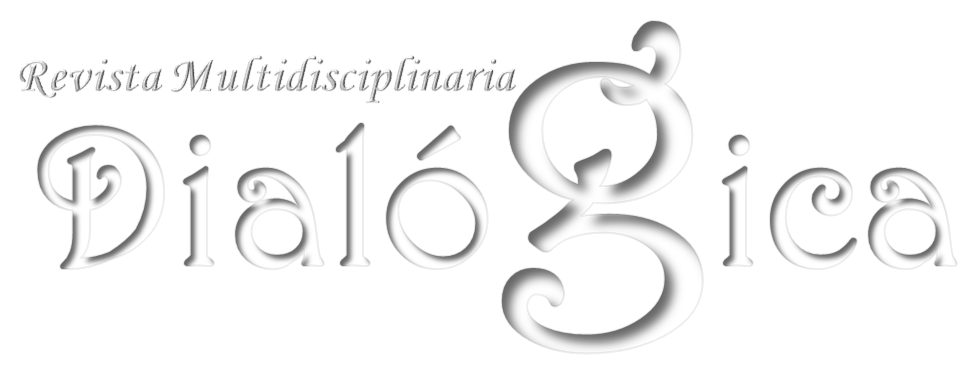Submissions
Submission Preparation Checklist
As part of the submission process, authors are required to check off their submission's compliance with all of the following items, and submissions may be returned to authors that do not adhere to these guidelines.- The text adheres to the stylistic and bibliographic requirements outlined in the Author guidelines, which appear in About the journal.
- The text is 1.15 line spacing; 12 point font size; italics are used instead of underlining (except for URLs); and all illustrations, figures and tables are placed in the appropriate places in the text, rather than at the end.
- Wherever possible, URLs are provided for references.
- The submission has not been previously published or submitted for consideration by any other journal (or an explanation has been provided in the Comments to the Editor).
- The submission file is in OpenOffice, Microsoft Word, RTF or WordPerfect format.
Artículos
Política de sección por defecto
Copyright Notice
Dialógica, Revista Multidisciplinaria adheres in its publications to the Law on Copyright (LSDA) of the Autonomous Service of Intellectual Property (SAPI) in articles 2, 10, 18, 19, the latter of which states: "Article 19.- In the event that a particular work is published or disseminated by a person other than its author, the latter has the right to be recognised as such, determining that the work bears the corresponding indications".
In addition, Dialógica adheres, in matters of Copyright, to the International Laws on Intellectual Property signed by the Bolivarian Republic of Venezuela.
Privacy Statement
The names and email addresses entered in this journal site will be used exclusively for the stated purposes of this journal and will not be made available for any other purpose or to any other party.

 @revistadialogica
@revistadialogica DialogicaUPEL
DialogicaUPEL RevistaDialogicaUPELMaracay
RevistaDialogicaUPELMaracay dialógicaupel@gmail.com
dialógicaupel@gmail.com dialogicaupel.blogspot.com
dialogicaupel.blogspot.com https://issuu.com/dialogicaupel
https://issuu.com/dialogicaupel https://revistas.upel.edu.ve/index.php/dialogica/
https://revistas.upel.edu.ve/index.php/dialogica/









